Un-Ink Yourself With Our Best Tattoo Removal In London
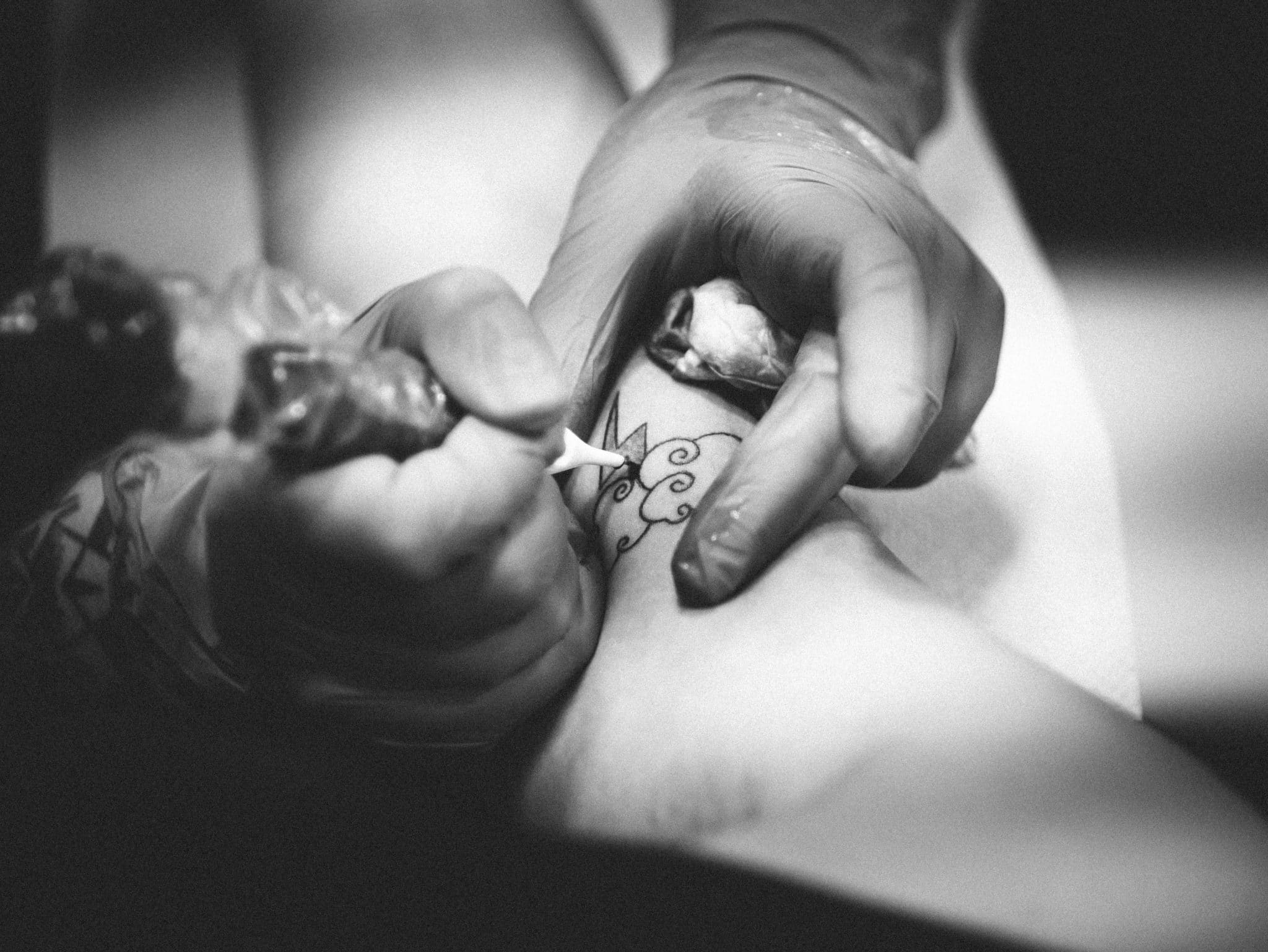
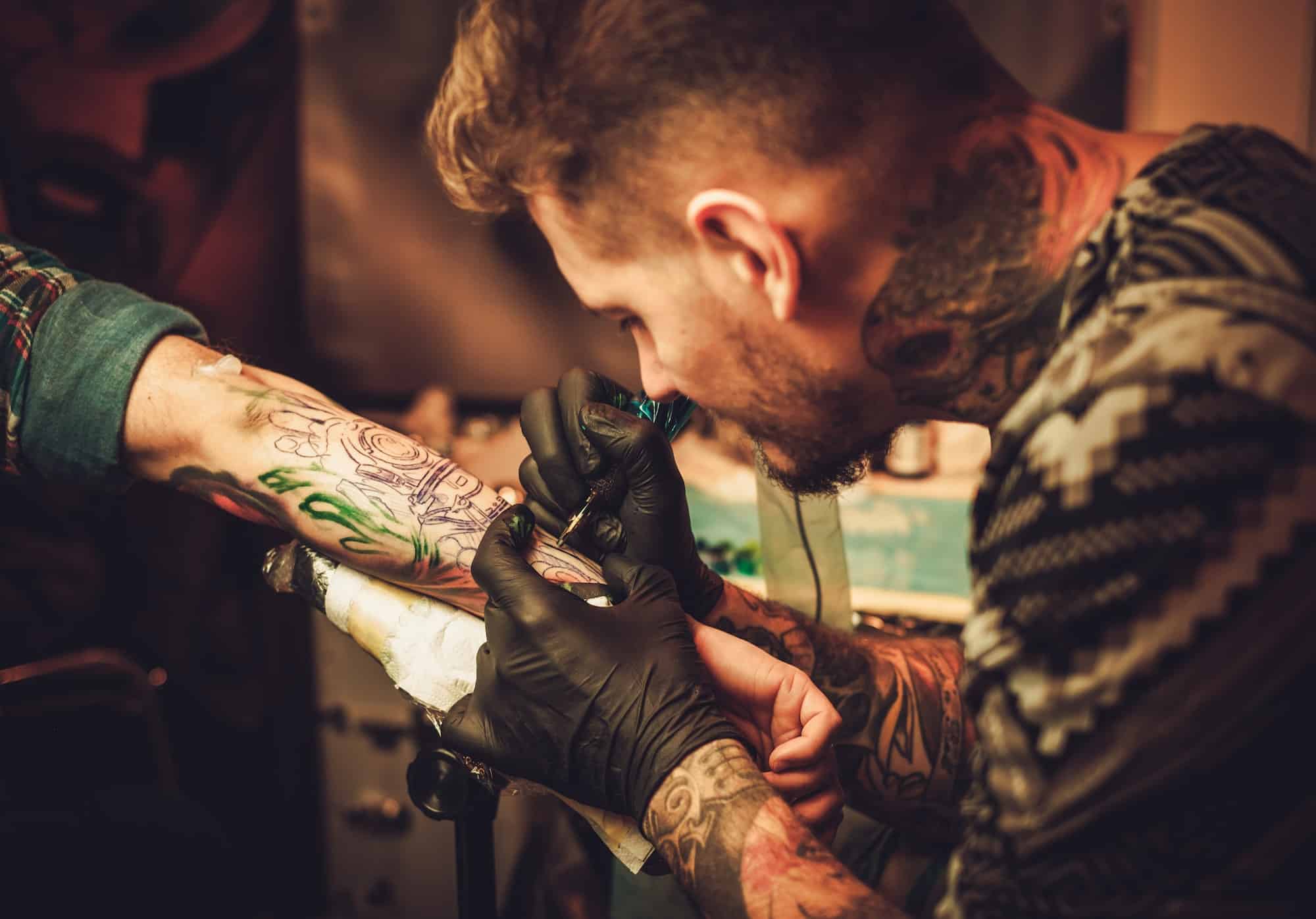
Are Tattoos 'Permanent'?
The same biology that lets tattoo ink particles stay on your skin forever also makes it hard to get rid of them, even with laser technology.
When a tattoo needle goes through layers of the skin, it tears through the epidermis, the top layer and spills ink into the dermis, which is full of blood vessels and nerves.
As a tattoo gun presses a needle into the skin up to 150 times per second, it sends a tiny amount of ink into the dermis and the surrounding tissue, which triggers pain receptors. When a wound that lets in foreign invaders is found, the immune system immediately gets ready and sends immune cells called macrophages to clean up the mess.
True to their name, which comes from the Greek word for “big eater,” macrophages swarm to the site of an injury, eat the ink, and stay in the dermis. When the macrophages die, they give the ink to the cells that will take their place. This cycle of catching, letting go, and catching again keeps your body art from fading away instead of becoming stains on skin cells.
You wouldn’t be wrong if you said that a tattoo is an infection that won’t disappear. Don’t say this on a first date, though.
Do you want to learn more? Book a consultation with our experts.
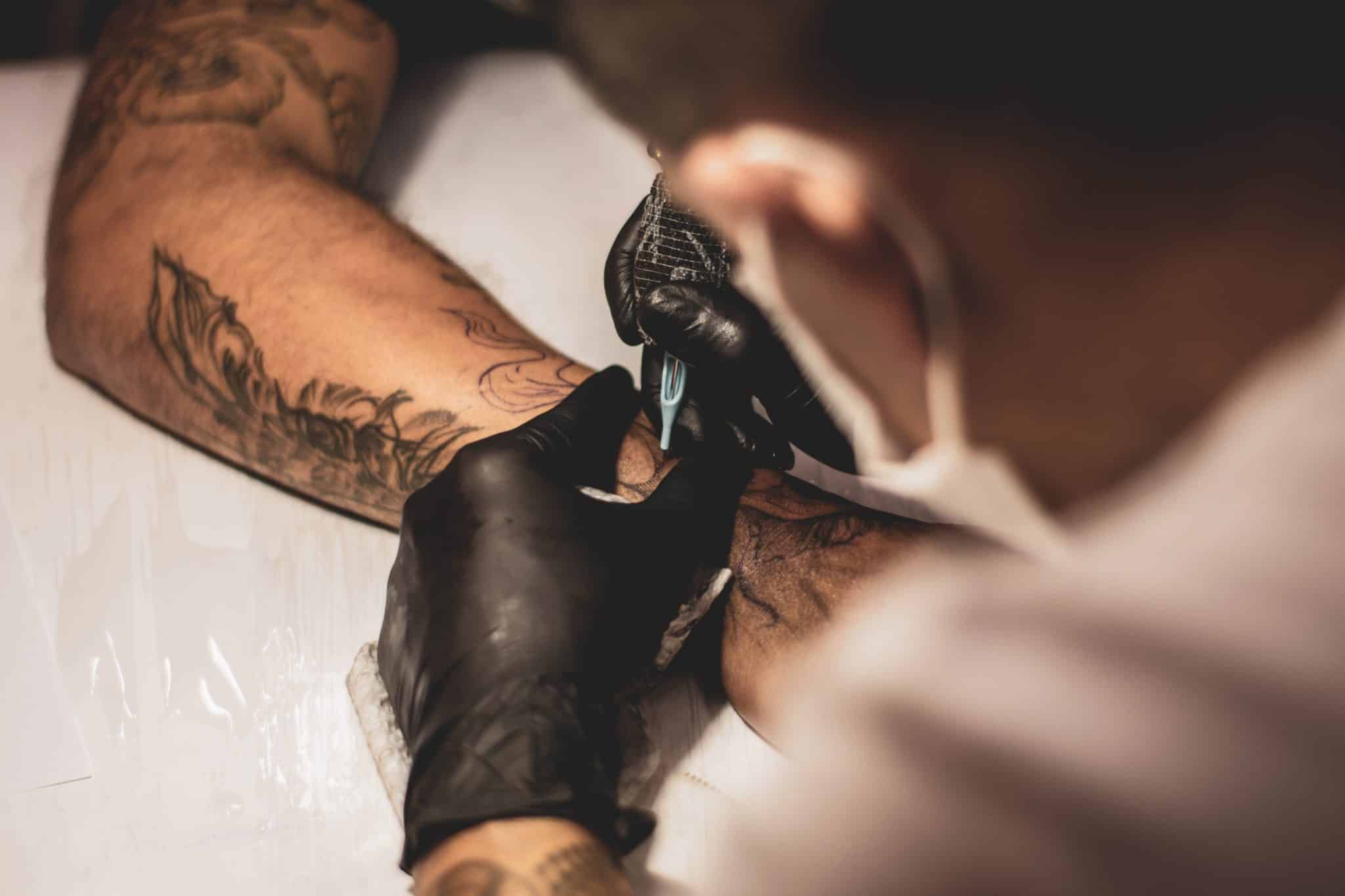

The Process of Laser Tattoo Removal Work
A laser is used to break up the tiny pieces of the tattoo. This is the basic idea behind how laser tattoo removal treatment works.
Some ink comes through the skin’s surface, and what stays under the skin is broken into smaller pieces. After a series of treatments, the particles are broken up enough to be no longer visible.
Traditional laser tattoo removal is based on a theory called “selective photothermolysis,” which is a bit more technical. Photothermolysis says that when the correct wavelength of light and pulse duration are used to target the tattoo, it will heat the target to the point of destruction (a photothermal effect) with minimal damage to the skin around it.
More recently, it has been shown that picosecond pulse duration lasers can also get rid of tattoos by breaking up the ink particles. The body then gets rid of these smaller pieces.
Everything You Need To Know About Tattoo Removal in London
Before removing a tattoo, you must ensure you’re well-researched with its ins and outs. You need to know your skin type too. Here’s everything you need to know before you get yourself un-inked:
There are different ways to get rid of the designs.
The most common way to get rid of a tattoo is to use a laser. They can sometimes be removed by surgery.
Before lasers were available, many people tried to use chemical peels or dermabrasion, but these treatments often left scars or caused other problems.
But there is more than one way to get rid of a tattoo with a laser. These include:
- Using lasers that are typically used for resurfacing (to treat fine lines, sun damage, scars, etc.), repeating the treatment every 20 minutes (about how long it takes)
- Using a DeScribe, PFD Patch enables the whitening to disappear even more quickly (in seconds to minutes) and make multiple passes during the same visit.
During your consultation, your doctor will talk to you about the best ways to get rid of your tattoo.

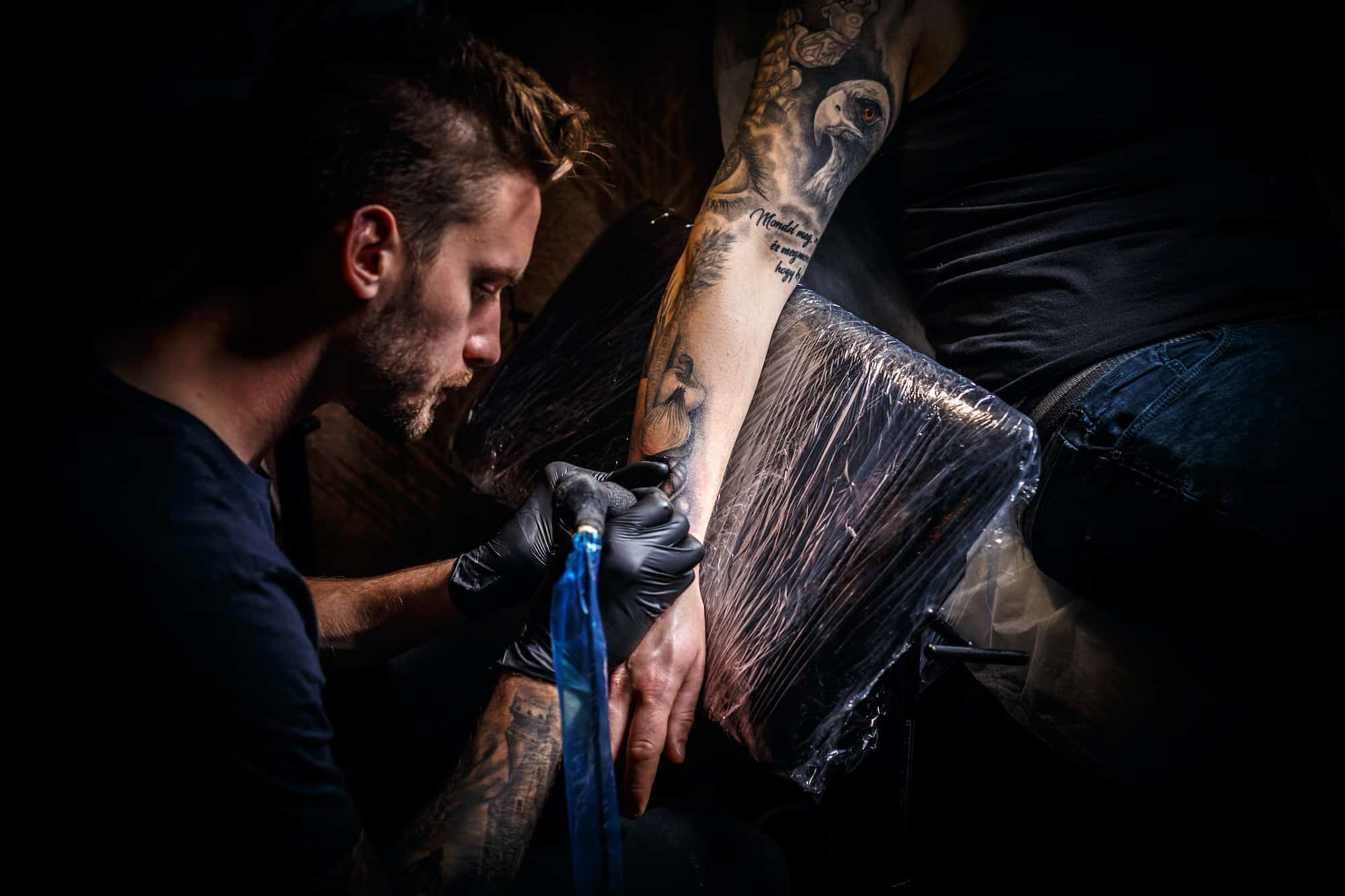
The duration of the removal process is relevant
Using a nanosecond laser, it used to take anywhere from 10 to 20 sessions to eradicate a tattoo, and there was always a danger that the results wouldn’t be satisfactory. But you should know that a tattoo’s response to laser treatment can depend on many things. Some of these things can be “a tattoo’s age, how it was put on (by a professional or an amateur), where on the body it is, and the colour of the ink are just some of the things that can make it look bad.
The process depends on what kind of tattoo you have
Before you go in for the removal treatment, you need to talk to a doctor or dermatologist because your procedure might differ from someone else’s. Even though a friend told you that their’s was gone after two sessions, that doesn’t mean it will be the same for you. In fact, the number of sessions you need to get rid of a tattoo entirely also depends on what colour it is.
Black tattoos used to be one of the colours that traditional laser removal worked best on. With newer picosecond lasers, however, blue and green colours are now among the easiest to get off.
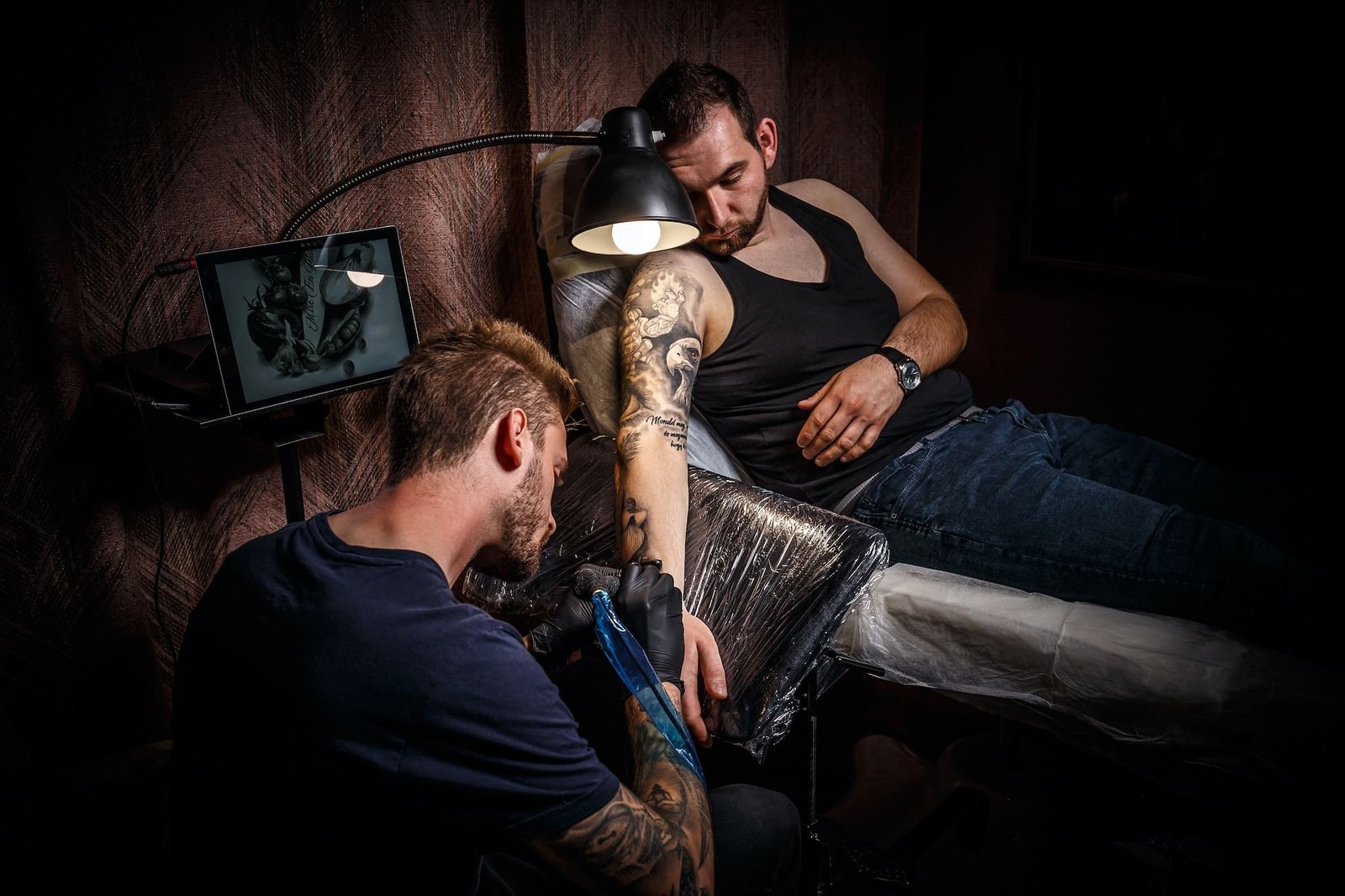

The process will hurt a little
Since you’ve already gotten one, this probably won’t be a big deal, but tattoo removal can be painful. However, there are many ways to make it less painful.
If the design is small enough, numbing cream and ice can make the laser less painful.
You should also remember that where your body art is put could affect how much pain or discomfort you feel.
There are definitely parts of our bodies that are more sensitive than others. So, if you might feel more pain, a local anaesthetic is used so that the treatment itself won’t hurt.
You might be relieved to hear that the treatments themselves might not hurt, but you might also feel some pain afterwards.
The expectations after getting your tattoo taken off
It is normal for the area to be red, swollen, and bruised after treatment. A person can also get blisters and crusts. You will also experience some pigmentation. We strongly suggest you use a doctor-prescribed ointment and bandages daily until the area is completely healed.
Now, you’ll have to wait a while before getting another tattoo if you want to get your tattoo(s) removed for a cleaner cover-up or if you’ve changed your mind and want something else. Many people want to lighten their tattoo so they can get a cover-up, or their first tattoo didn’t turn out the way they wanted it to, so they want a second chance to make it look the way they wanted.
In general, it is safe to get another one once the skin has healed from the laser.
Depending on where on the body the tattoo is, this can take anywhere from one to four weeks.


The procedure isn't risk-free
Tattoo removal has risks, just like any other medical procedure.
Before you go through with the procedure, you must see a board-certified dermatologist or a doctor who has been trained in laser removal.
Some risks include but are not limited to scarring and unintentional permanent changes in skin colour, such as lightening or darkening.
It is crucial to choose the right laser wavelength and pulse length, but it is also important that the laser treatment is done right. The proper wavelength will break down the tattoo more quickly.
You can also be told not to get rid of them at all.
Medical conditions, medications, and even a history of some treatments would keep someone from getting treatment.
Laser removal technology is suitable for all skin types, but people need the right laser, parameters, and techniques to reduce the risk of injury.
The procedure will cost you lots of money
You are correct if you believe having a tattoo isn’t a huge problem because you can always have it removed. Even though tattoo removal is becoming increasingly popular, prices are still high.
Tattoo removal can cost anywhere from £164 to £500 per treatment session, depending on several factors. That’s a lot of money to pay, especially if the price of getting one costs much less than that. Still, you might want to give your design a lot of thought before getting it.
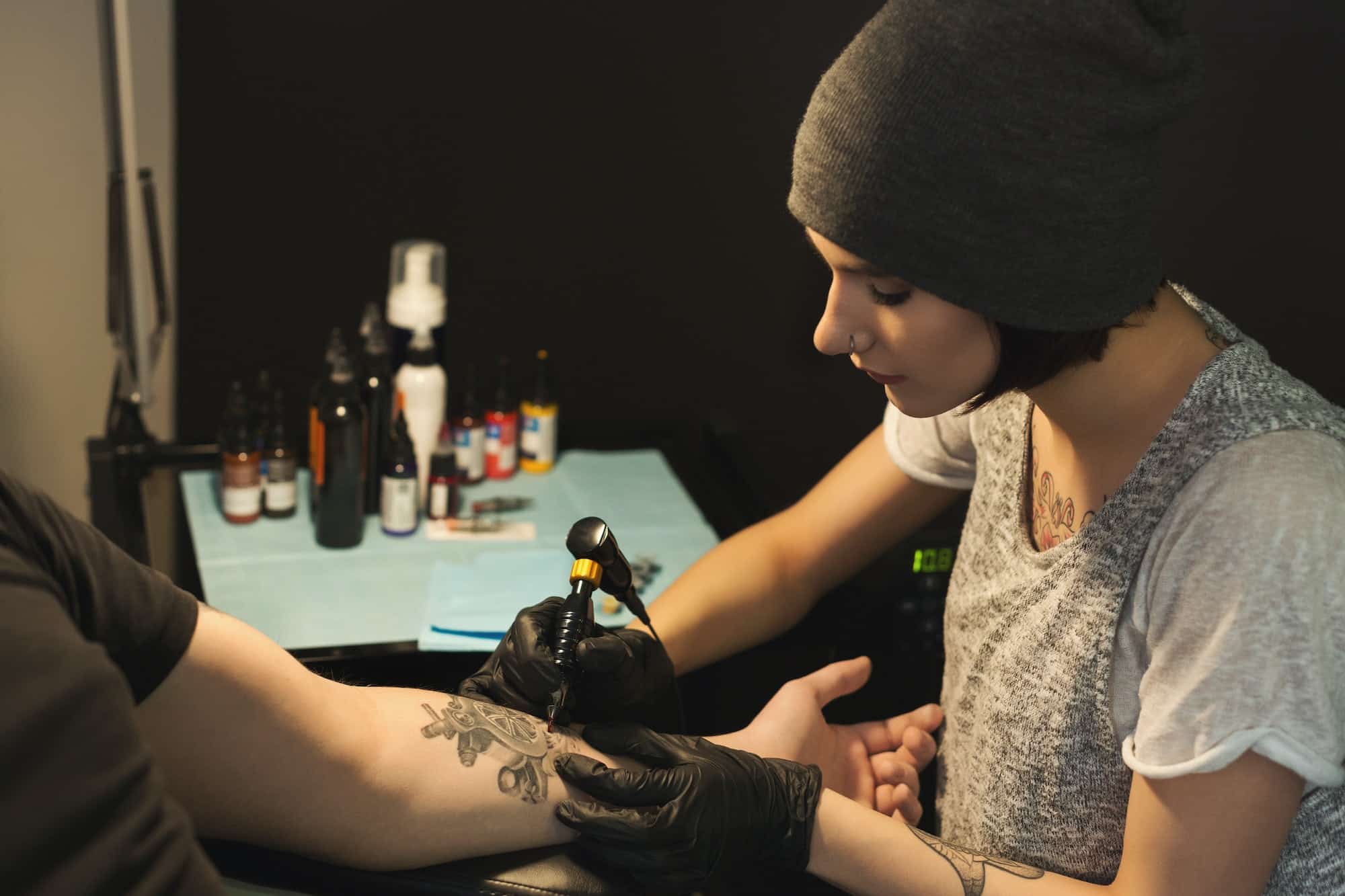
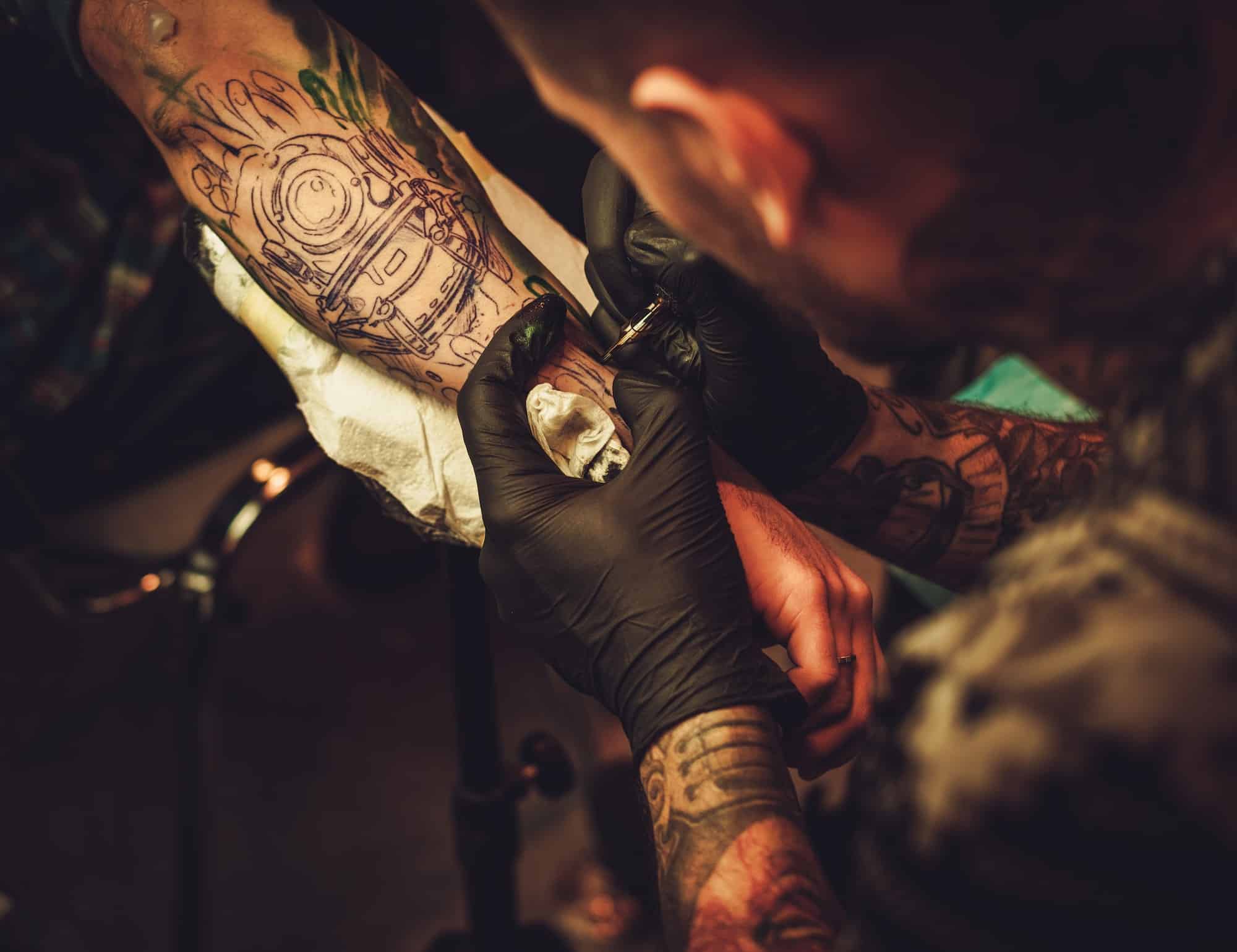
The thoughts you should have before procedure
If you want your unwanted art taken off, you should think about your options, just like you should if you want to get it. Before going in for a procedure, you should research and talk to different clinics and doctors. Remember that tattoo removal can be expensive and take a lot of time, so if you get it done, ensure it’s done safely and correctly.
Our Tattoo Removal London Services
We have different kinds of tattoo removal procedures here at Pearl Lemon Tattoos. If you don’t know which one to choose, then look at our selection and consult our experts afterwards.
Laser Tattoo Removal in London
Modern tattoo removal is primarily performed using lasers. When you get a tattoo, the ink is suspended on your skin. These thousands of ink particles are then targetted by the laser.
Small foreign particles are normally removed from the skin by the immune system. After all, ink is a foreign object in our body, and our immune system has the job of removing any foreign substance that may harm our bodies. However, some particles are too big to be removed by our system and thus are concluded to be “permanent” on our skin. The role of the lasers at this point is to break down these big particles into tiny particles so that the immune system can do its work.
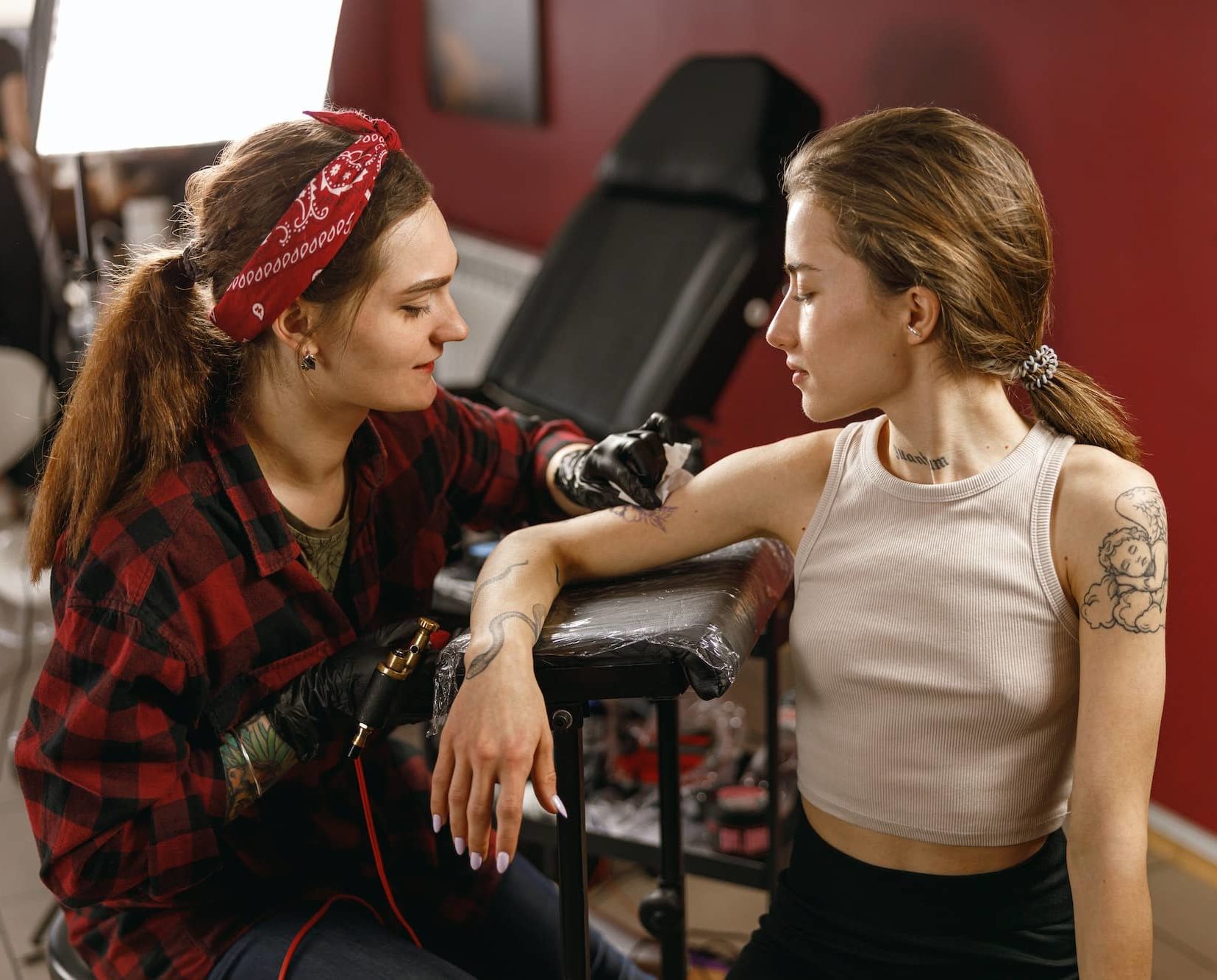
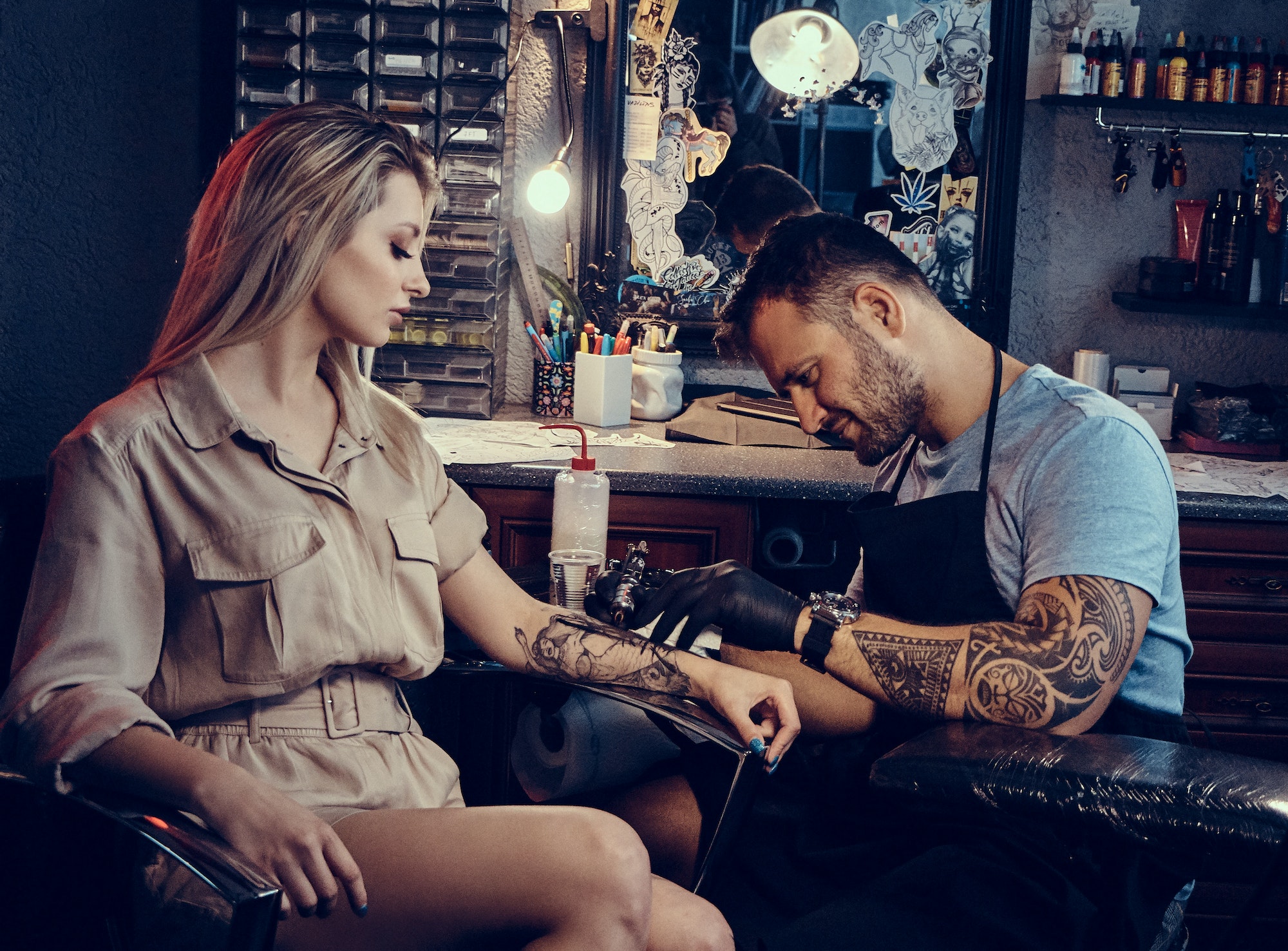
Dermabrasion
A dermatology procedure called dermabrasion removes tattoos by grinding the outer layer of the skin with a medical tool in a controlled manner using a grinding tool. Ink particles are removed from the skin by removing the ink particles’ layers.
Due to the pain involved in this procedure, it is generally performed under local anaesthesia, regional anaesthesia or even a general anaesthetic.
Chemical Peel
Removing tattoos with trichloroacetic acid (TCA) peels is possible. To remove tattoo ink, the outer layers of the skin are treated with TCA, a mild acid. As the procedure name suggests, this chemical will peel away the skin containing the ink to remove it.
There may be a mild amount of pain involved, but typically no anaesthetic is necessary.
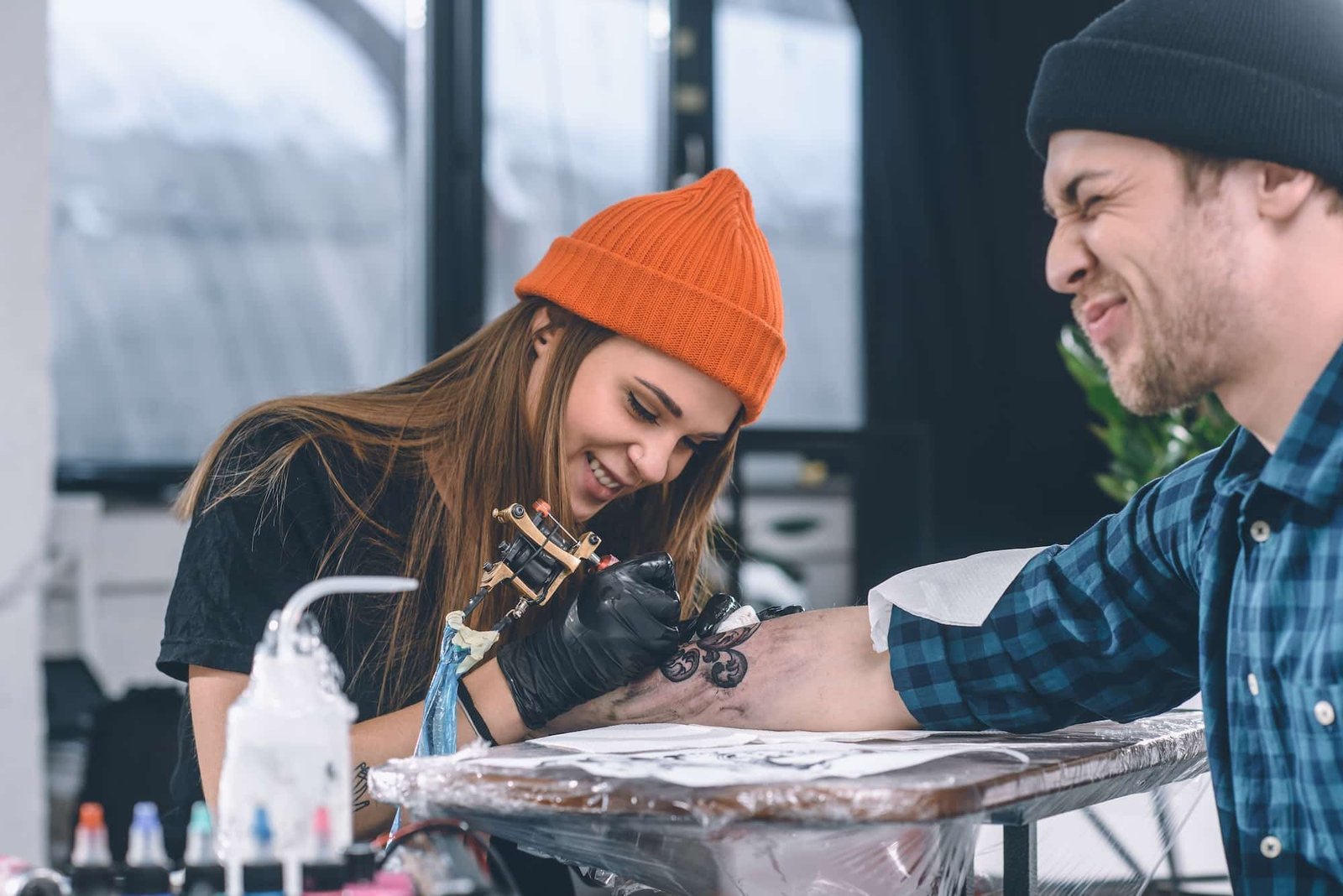

Surgical Excision
Direct surgical excision is another option for removing tattoos. In this case, the tattoo is simply cut out of the skin that contains it. Small tattoos are best suited to this technique, whereas large tattoos may be impractical. After the tattoo is completely removed, the skin surrounding it is brought together and closed.
Depending on the tattoo’s size, this type of tattoo removal may require anaesthesia. As a result of this type of tattoo removal, a surgical scar will be left behind.
If you need to know more about our services or have questions about it, try talking to our experts today.
Get Un-Inked Today
At Pearl Lemon Tattoos, we offer laser treatments by experienced professionals to give you real results. But if you want other procedures, you can always do it too right here.
To ensure you get the results you are after without suffering any negative side effects, we perform the procedures with the right equipment and by a trained expert.
Don’t be a person who goes for the cheapest and quickest tattoo removal option. Generally speaking, you get what you pay for, and fast/cheap removal will result in bad/cheap results.
We wouldn’t want that, right?
You deserve the best tattoo removal treatment at Pearl Lemon Tattoos.
Schedule a call with us today, and we’ll help.


